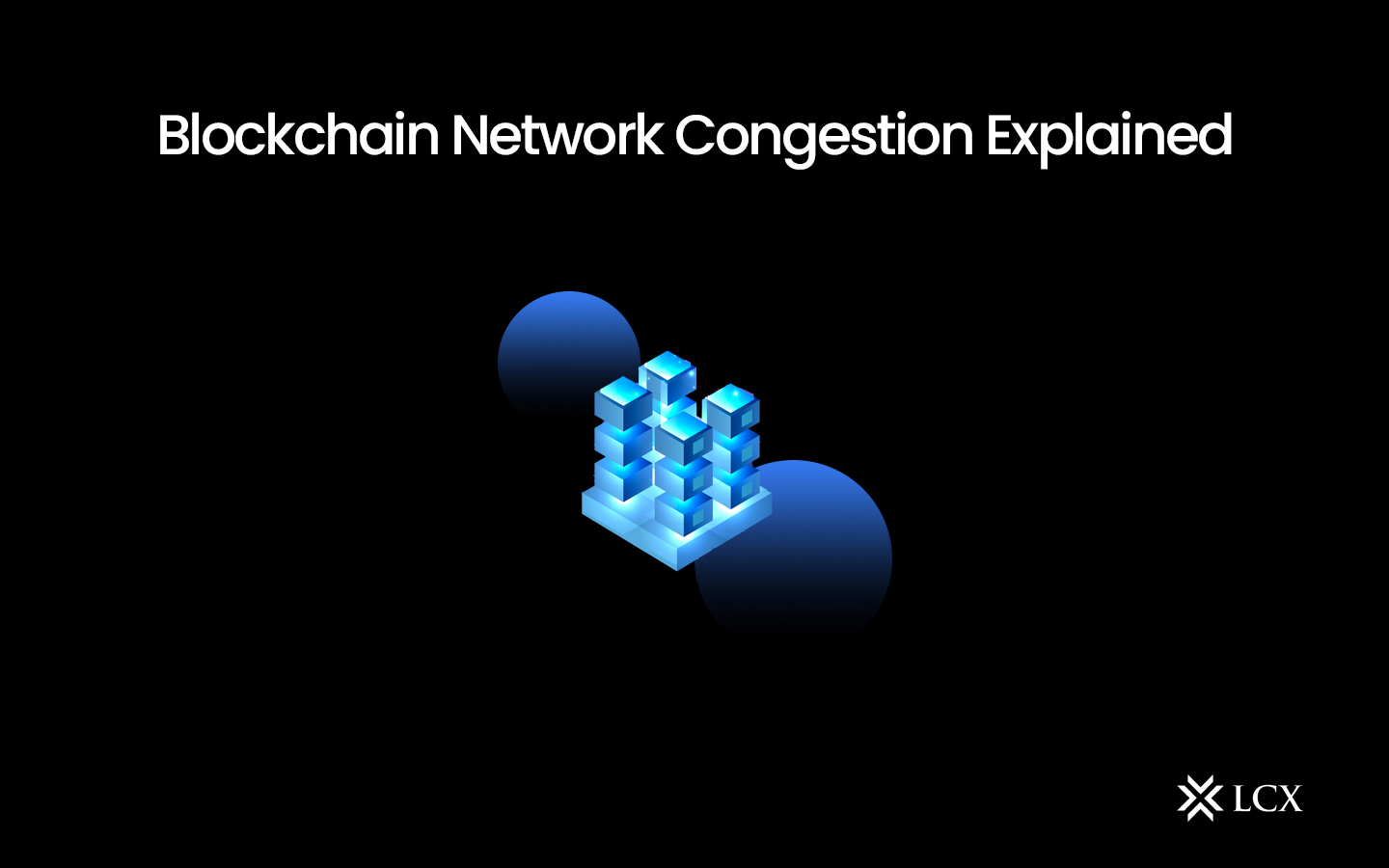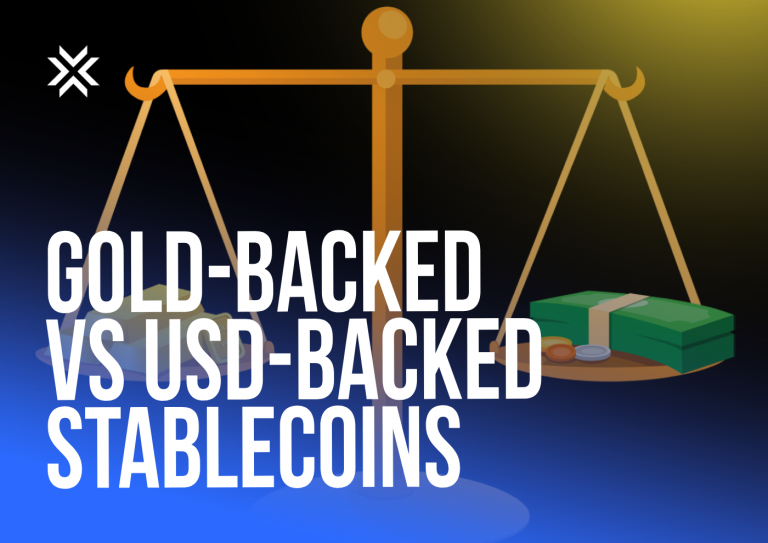Introduction to Blockchain Network Congestion
Congestion of the blockchain network occurs when the volume of transactions exceeds the capacity of the network, leading to delays in transaction processing. Congested blockchain networks occur when the volume of pending transactions exceeds the capacity of the network. This issue is brought about by the lengthy process of constructing a new block and the restricted block capacities.
When the volume of incoming transactions surpasses the network’s capacity to promptly affirm them, users will observe delayed processing times and transactions. BRC-20 tokens were introduced onto the Bitcoin blockchain, which precipitated an exponential surge in transactions and congestion on the Bitcoin network.
Congestion can be caused by increased utilization, high transaction volumes, and events such as initial coin offerings (ICOs). During these periods of high volume, users may elect to pay additional charges in order to have their transactions prioritized, thereby further increasing expenditures. Furthermore, the congestion leads to increased transaction costs and decreased efficiency, both of which have an adverse impact on the overall user experience.
Nevertheless, blockchain networks perpetually strive to enhance scalability, guarantee more seamless transactions, and mitigate congestion-related issues through the implementation of layer-2 scaling solutions and protocol updates. The aforementioned initiatives are imperative for achieving extensive implementation as they enhance the resilience and efficiency of blockchain networks, even during periods of high demand.
The Importance of Efficient Blockchain Transaction Processing
In order to enable high throughput, low latency, decreased transaction fees, and enhanced data security across industries, efficient blockchain transaction processing is critical.
Blockchain transaction processing is crucial for the extensive adoption and incorporation of blockchain technology across numerous industries. Its scalability is one of its primary benefits; it permits blockchain networks to efficiently and concurrently process a high volume of transactions.
In contrast to traditional systems, where scalability has been an issue, blockchain processing guarantees seamless operations even during periods of peak demand. Furthermore, through the reduction of latency and congestion, it facilitates real-time transaction validation and affirmation, thereby enhancing network performance. Efficient transaction processing further diminishes transaction fees, thereby rendering blockchain technology economically accessible to both private individuals and commercial enterprises.
Additionally, efficient blockchain processing guarantees timely, secure, and tamper-resistant transactions in sectors such as healthcare, finance, and supply chain management where data protection is critical. The rate at which blockchain technology can process transactions will determine the rate of development and adoption of new technologies.
Causes of Blockchain Network Congestion
Congestion on the Blockchain is caused by a variety of factors, including increased adoption, DApps, ICOs, and malicious activities, which collectively contribute to increased transaction processing fees and delays.
Numerous issues impede the processing capacity of the blockchain network, resulting in increased transaction fees and delays. For example, a significant volume of transactions surpassing the capacity of the network may inundate the processing capabilities, resulting in a postponement of transaction confirmation.
Furthermore, with the increasing adoption of blockchain technologies, a greater number of organizations and individuals conduct transactions, resulting in a surge in network traffic. Congestion is caused by decentralized applications (DApps), decentralized finance (DeFi) platforms, and the concurrent execution of smart contracts all of place a significant strain on the network’s resources.
Investor participation in events such as initial coin offerings (ICOs) and token sales causes additional congestion on the network due to accumulated transactions. Ultimately, malicious actors possess the capability to disrupt systems through the transmission of a substantial volume of low-value transactions. Furthermore, congestion issues can arise due to physical limitations in the network architecture, such as substandard internet connections, which impede the seamless flow of data.
Consequences of Network Congestion
Network congestion in blockchain systems can have severe consequences for consumers, businesses, and the overall operation of decentralized applications.
A delay in transaction confirmations is an immediate consequence. When a network is congested, services that rely on prompt payments or transactions are impacted due to the extended processing time required for transactions. As an illustration, in late 2017, during the CryptoKitties surge, Ethereum’s network experienced significant congestion, resulting in platform transaction delays.
Additional factors contributing to increased transaction fees are substantial demands for transaction processing. In situations of transaction backlog or obstruction, it is common for users to propose increased bid fees as a means to expedite their processing. Particularly with regard to lesser transactions, the increase in fees may cause a rise in the cost of transactions. The congestion that plagued the Ethereum network in 2021 as a result of the high demand for DeFi applications caused transaction fees to rise.
Network obstruction further undermines the user experience of decentralized applications (DApps) by causing sluggish transaction processing. A negative user experience and prolonged congestion may discourage users from interacting with the DApp. Frustrated or dissatisfied users may choose to entirely unsubscribe from the platform, thereby potentially affecting the DApp’s success and user base.
In addition, developers may need to allocate additional resources to improve the efficacy of a crowded DApp. This diversion of resources could have been reallocated towards enhancing the user experience or functionality, thereby delaying the overall development of the DApp.
Strategies to Address Blockchain Network Congestion
In order to mitigate congestion on blockchain networks, a multifaceted approach is required, encompassing both immediate remedies and enduring scalability resolutions.
Transaction fee optimization is one such method. In order to avert superfluous bidding conflicts amidst congestion, users have the ability to establish moderate prices. Developers may also implement layer-2 solutions, such as rollups for Ethereum and the Lightning Network for Bitcoin, to alleviate the burden on the primary blockchain by permitting certain transactions to occur off-chain.
Moreover, throughput can be increased by increasing the number of transactions executed within each block and by improving block propagation techniques. Furthermore, the implementation of proof-of-stake or other streamlined consensus algorithms reduces the computational burden, thereby enabling blockchain networks to facilitate a greater volume of transactions.
One notable strategy for addressing congestion on blockchain networks is sharding, which is exemplified by its implementation on the Ethereum blockchain. By partitioning the blockchain into smaller sections, distinct shards are generated, each of which is capable of independently processing transactions. Parallel processing significantly enhances the network’s capacity, facilitating the concurrent execution of numerous transactions.
Lastly, promoting the enhancement of smart contracts and code by DApp developers can reduce unnecessary network burden. By integrating multiple techniques, blockchain platforms have the capability to decrease traffic, thereby enhancing transaction processing efficiency and simplifying the user experience.










